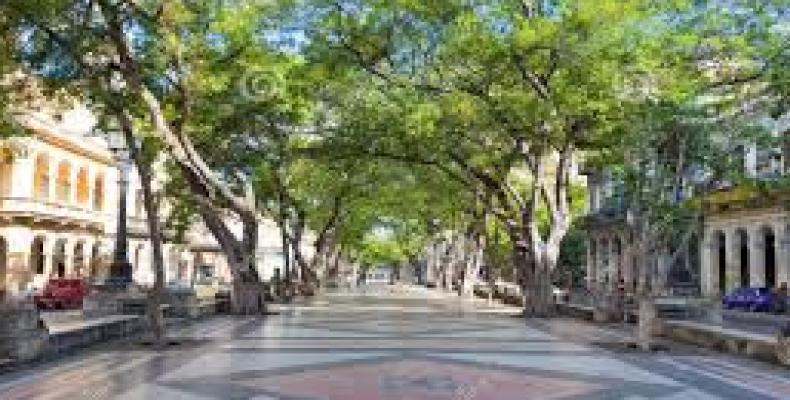Havana, October 14 (RHC)-- It is well known that in Cuba various cultural influences converge, which find their expression in different manifestations of art. Such is the case of the boulevards, whose European ancestry adds to what could be called the spatial physiognomy of the provinces.
Each territory can boast of having one of these busy passages, popularly described as a tangible social network or a backbone, often linking avenues, alleys and emblematic streets, whose names treasure stories, many of them turned into legends.
Regardless of its extension in blocks, meters or steps, its route is always a pleasure. It is there where the beginning and the end depend on who chooses it as a shortcut or simply has it as a reference.
If in the past the shopping centers and street vendors made an appearance giving these pedestrian crossings an air of modesty, today new verges of modernity adorn their corners with works of art, sculptures and social events bring dynamic effects to the environment.
Spaces that became somewhat forgotten by time when their inhabitants wake up from their lethargy they often revitalize themselves with museums, hotels, cabarets and handicraft sales, all conceived with a view to popular enjoyment.
During the day they seem to explode with so much socialization that the public generates, but at dusk they often show their most intimate and silent faces in the well distributed illuminations, which harmonizes an architecture that it goes from the old to the modern.
And so who has had the possibility to visit these boulevards and retrace them without haste, will feel energized by the casual cultural presentations renovating in each new day of the urban panorama.
The boulevard is not that site of broken dreams, on the contrary, any vestige of longing towards past times is placated by new attractions and popularity of its passers-by and residents.
There are also those with tiled floors with artistic decorations, of all shapes and sizes, which guide the steps towards museums, hotels, nightclubs, bars, shops and cafes.
Territories such as Ciego de Ávila, Granma, Camagüey and Havana, to name a few, have registered their boulevards among their heritage attractions.
Although the history of the oldest could be associated with wars, walls and medieval cities, urban intervention has given them access to the different manifestations of art as a sign of civilization, development and social improvement.


